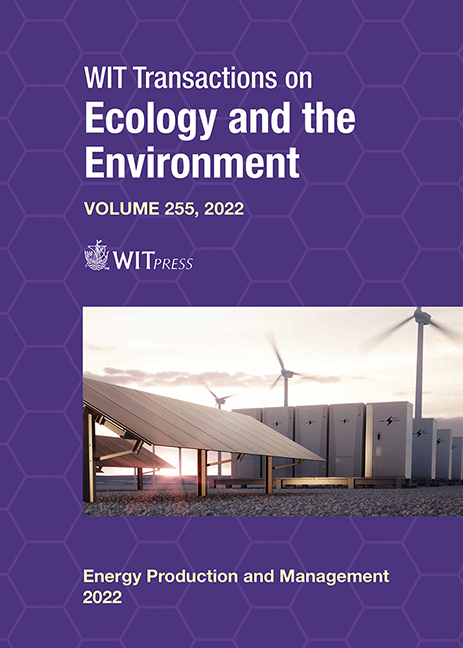ENERGY EFFICIENCY THROUGH WATER-USE EFFICIENCY IN LEISURE CENTRES
Price
Free (open access)
Transaction
Volume
255
Pages
10
Page Range
105 - 114
Published
2022
Paper DOI
10.2495/EPM220091
Copyright
Author(s)
AISHA BELLO-DAMBATTA, PRYSOR WILLIAMS
Abstract
Climate change poses significant challenges, and the global community is not on track to meet sustainable development goals or the Paris Agreement to mitigate climate change. The COVID-19 pandemic and necessary government measures to curb the spread of the virus has put climate action on hold and shut down economies. The need for improved ventilation as an important mitigating factor against the risk of COVID-19 transmission has additional implications for costs and emissions for businesses. Leisure centres, as large users of water and energy, account for significant emissions and operational costs. However, there is scope for significant reductions in water and water-related energy demands and associated emissions and costs without impacting service quality and delivery. These reductions can be a promising response to the current challenges of climate change and post-COVID-19 economic recovery, particularly given current UK energy crises and inflation trends. We have been working with leisure centres to support them in improving energy efficiency through water-use efficiency as part of the cross-border, interdisciplinary Interreg Dŵr Uisce research project on improving the energy performance and long-term sustainability of the water sectors in Ireland and Wales. In this paper, we discuss the potential of energy efficiency gains based on the framework on water management hierarchy which prioritises management actions in order of preference of implementation, where the next hierarchy should only be considered once all potential savings from the hierarchy above have been exhausted. We also discuss how these interventions are not one-size-fits-all – although leisure centres typically have the same water-use types, they differ significantly in age, size, location, building types and materials, functionality, and efficiency; and why therefore, interventions must be considered on a site-specific and case-by-case basis.
Keywords
climate action, energy efficiency, water efficiency, water–energy nexus, heat recovery, sustainability





